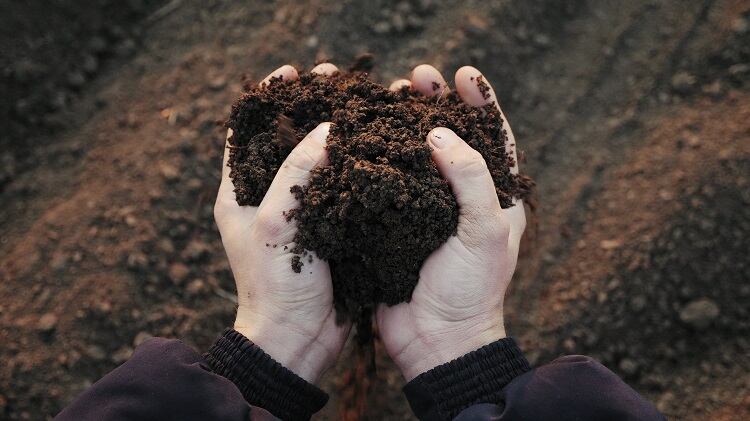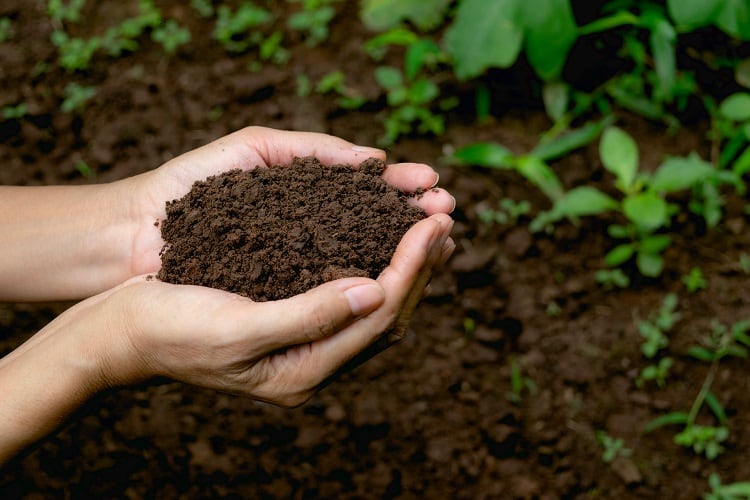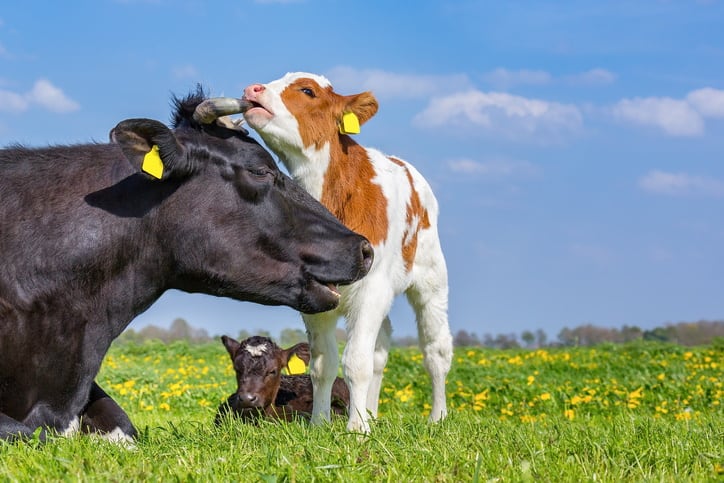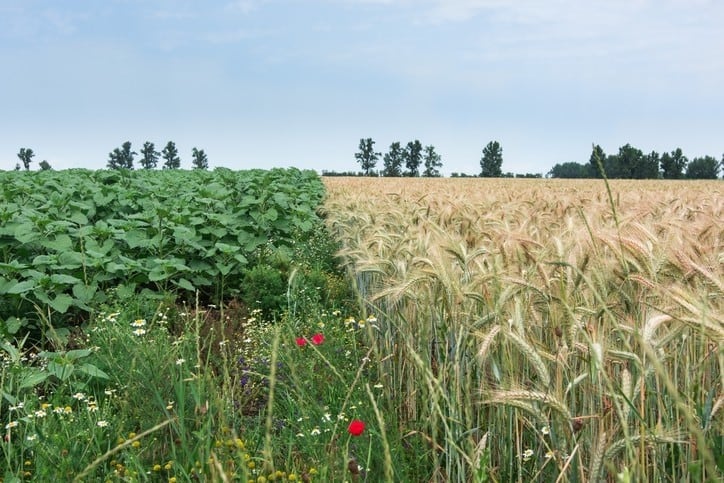There has been mounting buzz about the potential of regenerative agriculture to reduce the negative impact of food production on the health of the planet.
While there is not currently a definitive definition of ‘regenerative agriculture’, the phrase is widely used to refer to practices including minimum or no tillage, reducing the use of chemical pesticides and fertilisers, crop rotation, well-managed grazing versus industrial feed lots, and increasing soil fertility through biological means such as the use of cover cropping.
These efforts can boost soil health by building out soil organic matter (SOM), which is primarily made up of carbon, hydrogen and oxygen and consists of plant and animal debris, soil microbes and the substances they synthesise. SOM improves soil structure and reduces erosion. It can work against drought by percolating and storing water, and can draw carbon down from the atmosphere into the earth.
Unilever is among those who would like to see an industry-wide definition of what constitutes regenerative agriculture.
“We think it’s important the industry agrees on a consensual definition of regenerative agriculture. Without consensus it’s difficult to have alignment amongst organizations and therefore difficult to track progress,” Sustainable Sourcing Director Giulia Stellari told us.
In the absence of such consensus, Unilever has decided to forge ahead and define what regenerative means to it and its supply chain.
“For Unilever, it was important to start the work by defining what regenerative agriculture means to us and what an optimal implementation of our regenerative agriculture principles would look like. This is why we introduced our Regenerative Agriculture Principles and respective Implementation Guidelines,” Stellari explained.
The company’s RAPs focus on five ‘priority areas’ where action is needed most – and where impact can be greatest. These, we were told, include regenerating soils; protecting water; increasing biodiversity; developing climate solutions ; and improving farmer livelihoods.
The RAPs will be implemented via impact programmes, in partnership with its brands, and focus on key crops: dairy, vegetables, grains, palm oil, soy, paper and board, coconut, cocoa and tea.
Healthy soils
FAO data suggest one-third of the planet’s soils are already eroded – and over 90% could become degraded by 2050. Currently, the equivalent of one soccer pitch of soil is eroded every five seconds.
Healthy soils aren’t something that can be safeguarded overnight. It takes between 100 and 400 years to generate just 1cm of fresh, healthy soil, Unilever noted.

The company has developed four principles to generate positive impacts on soils.
“Keep living roots in the ground at all times, applying zero-till or conservation till practices, prevent erosion through cover cropping, mulching and terracing, [and] apply crop rotations with both shallow and deep rooting crops,” Stellari detailed.
“We will support suppliers through the development of programs, supported by soil and crop management experts, to help suppliers identify which practices will deliver the biggest impact from a regeneration point of view. These programs will help with the development of measurable KPIs, sampling and analytical methodologies etc. And ultimately help define models to scale as well.”
Protecting waterways
Some 80% of the planet’s freshwater is used to produce crops and rear livestock. Added to this can be the impact of climate change - which looks set to increase water insecurity across various regions - making the necessity for the food industry to deliver on good water stewardship clear.
Unilever works with its suppliers to protect waterways and improve water efficiency, Stellari continued.
“We advise farmers to protect waterways from erosion and runoff through the maintenance of riparian areas or buffer zones along waterways. To improve water efficiency, we advise farmers to select the most efficient irrigation technology and equipment (e.g. drip irrigation) and optimise irrigation plans in accordance with water availability in the watershed and the water needs of other users in the watershed,” the sustainability expert told us.
The group also has impact programs that are already focused on water. For instance: “Knorr is working with the US rice supply chain to implement a suite of farming practices that enable farmers to grow rice while preserving water and decreasing methane emissions. The water-saving practices we’re advancing reduce the time the soil is flooded, which in turn reduces emissions. The brand is partnering with the University of Arkansas to engage the farmers in the programme, and to create and measure impacts of regenerative practices on emissions and water capture.”
Biodiversity and natural ecosystems
Land-use change and the expansion of current agricultural practices, with a focus on intensive farming of monocultures, are threatening what is left of the world’s biodiversity.
It’s estimated that over one-third of the planet’s ice-free land surface is dedicated to food production. The last 300 years have seen approximately 50% of natural grasslands and one-third of natural forests converted for food production. And this figure is expected to grow.
“Protecting natural ecosystems but ending deforestation is the first and most important step that we can take to support biodiversity. This is why we have launched our People and Nature policy… We believe that farmers – as large-scale land managers – are in a unique position to help slow this alarming conversion of natural ecosystems and decline in biodiversity."
The People and Nature Supplier Policy includes ‘stringent requirements’ on no-conversion that apply to suppliers and supplier group operations.

Alongside biodiversity loss, deforestation carries a heavy carbon cost, Stellari stressed. “Rapid losses of soil carbon (typically 0.5 to >2 tonnes of C per hectare per year) that occur when natural systems are converted to cropland have been extensively documented. Hence, avoiding conversion and degradation of high diversity forest and grassland ecosystems is an important strategy to reduce GHG.”
Already, 89% of Unilever’s forest-related commodities are certified as sustainably sourced to globally recognised standards. Unilever has set itself the target of achieving a deforestation-free supply chain by 2023 by increasing traceability and transparency through emerging digital technologies. “We are also investing on the latest technology so we can track what happens on the ground. Particularly what happens in that first critical mile – from where a commodity is sourced to where it is first processed.”
Moreover, Unilever believes that agricultural practices can also be evolved to support greater biodiversity.
“Beyond protecting natural habitat we believe that interventions that enhance the farmed landscape for biodiversity are also needed. These may also have positive impact on carbon sequestration and/or reduce emissions (e.g. perennial plantings to reduce wind damage, provide shelter for animals and reduce soil erosion) are particularly important for regenerative agriculture.
“Both the Sustainable Agriculture Code and the Regenerative Agriculture Principles defend a minimal application of pesticides. Biological pest control can be enhanced by maintaining field margins with wild plants and flowers to support pollinators and predatory insects. Natural regeneration of trees, and tree planting is encouraged because of its biodiversity and carbon sequestration values.”




